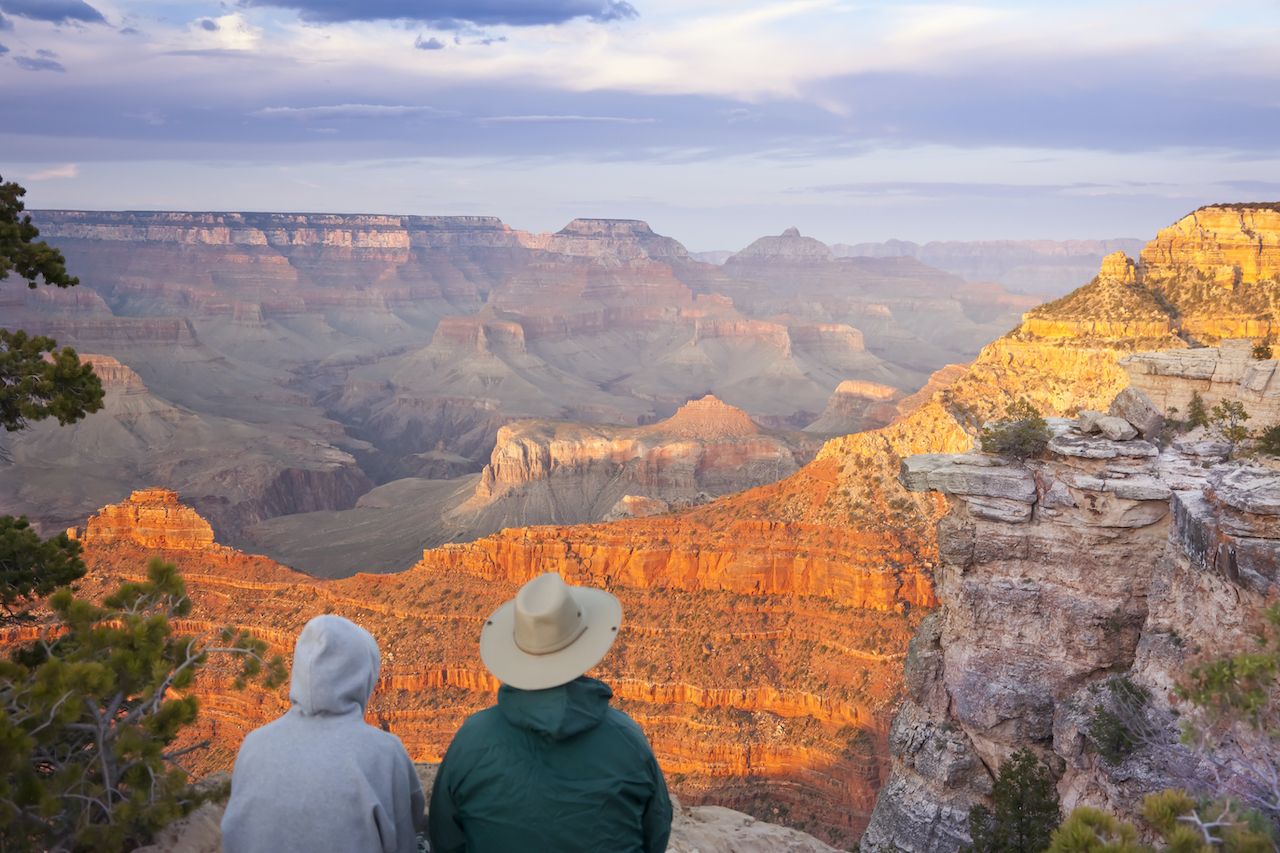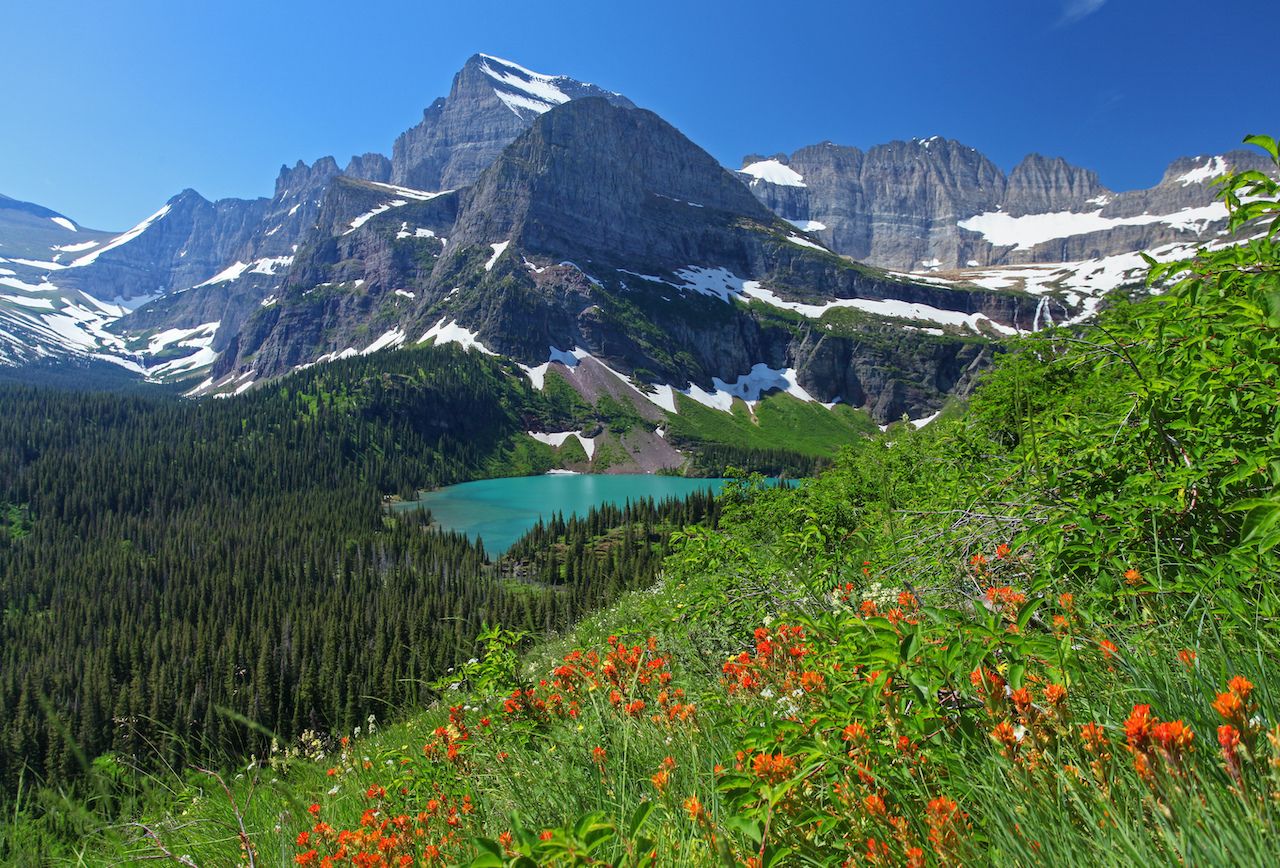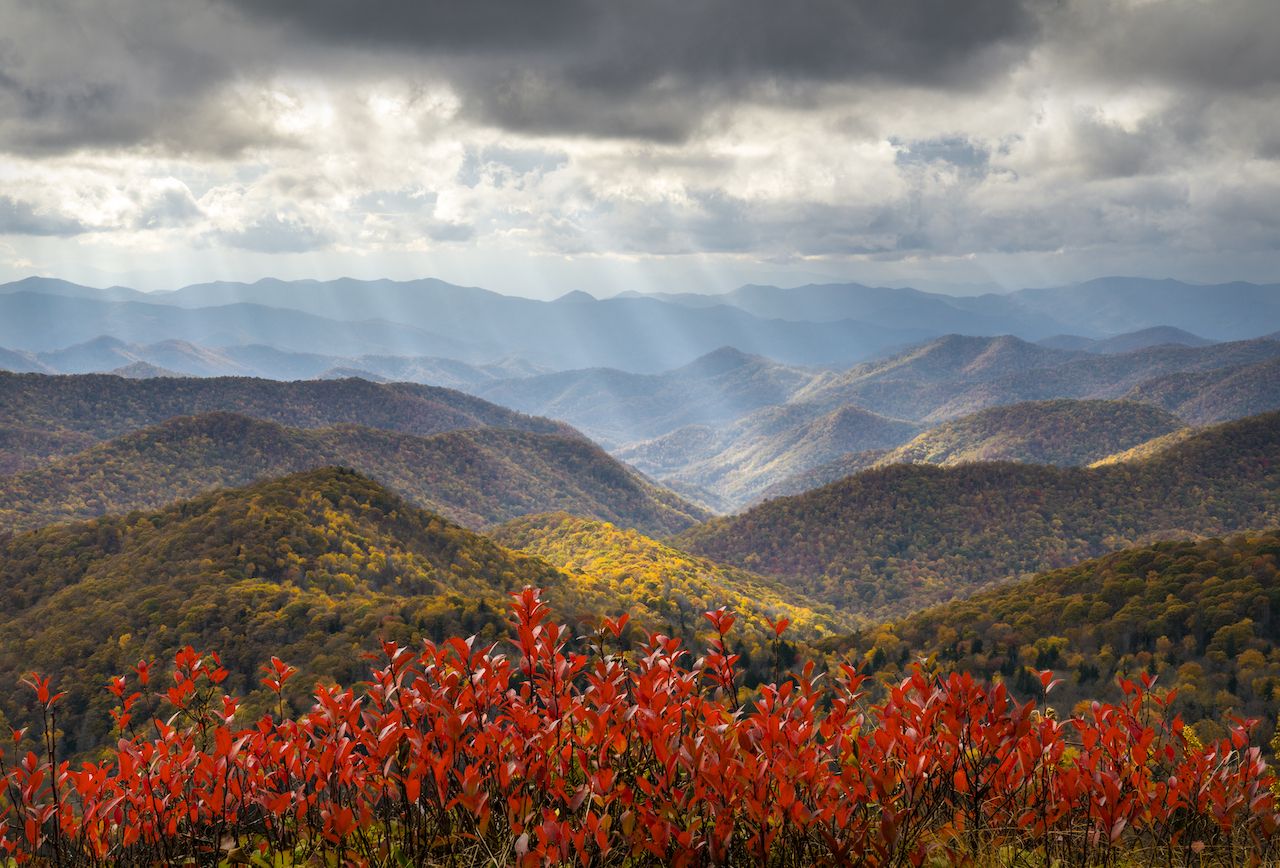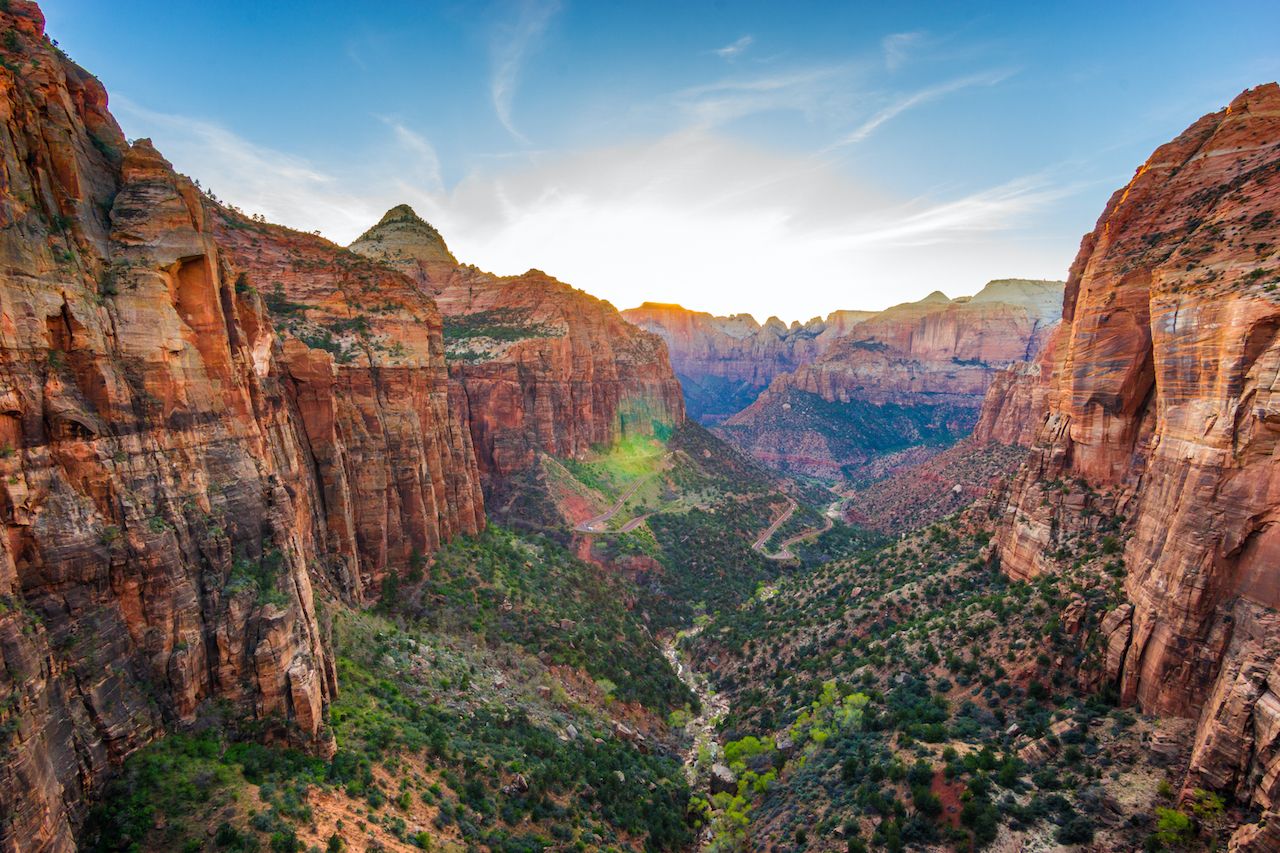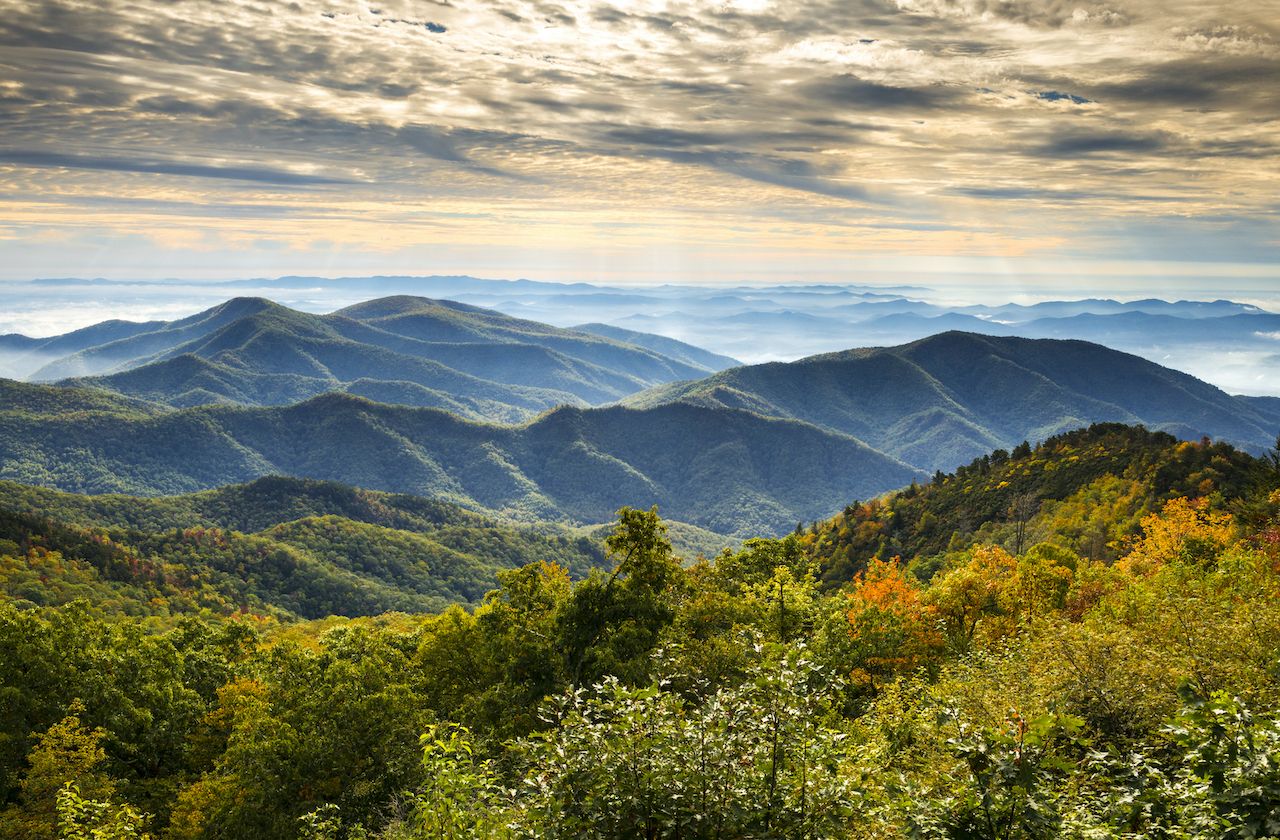We’ve all been there. One minute we’re enjoying the fresh air on a warm summer day, looking ahead to a free weekend, when, suddenly, the mood to go camping strikes. And strikes Hhrd. But all the best campsites have already been booked.
Securing a place to pitch a tent can be tough between Memorial Day and Labor Day, or at other times of the year for parks that are too hot to visit in summer. Luckily, America’s most coveted campgrounds generally start taking reservations anywhere from six to nine months in advance, usually on a rolling basis. Recreation.gov is the best resource for booking national park campsites while Reserve America is helpful for state parks and other protected spaces. If you’re after national park sites, make sure you check that park’s website in advance to see when reservations open, and get your account registered and ready to go. Oh, and and set a reminder to try to get a campsite on the day reservations open.
Here are nine of the America’s favorite campgrounds that you don’t want to sleep on.

